Complete Guide to Single Screw Extruders for Sale | Industrial Applications
Single screw extruders represent one of the most fundamental and widely used processing equipment in the plastics, food, and chemical industries. When considering a single screw extruder for sale, understanding the technology, applications, and selection criteria becomes crucial for making an informed investment decision. This comprehensive guide explores everything you need to know about purchasing and operating single screw extruders.
Understanding Single Screw Extruder Technology
Single screw extruders operate on a relatively simple yet highly effective principle. The machine consists of a rotating screw inside a stationary barrel, where material is fed through a hopper, conveyed along the barrel length, compressed, melted, and finally forced through a die to create the desired profile. The process involves three main zones: feed zone, compression zone, and metering zone, each serving specific functions in the material transformation process.
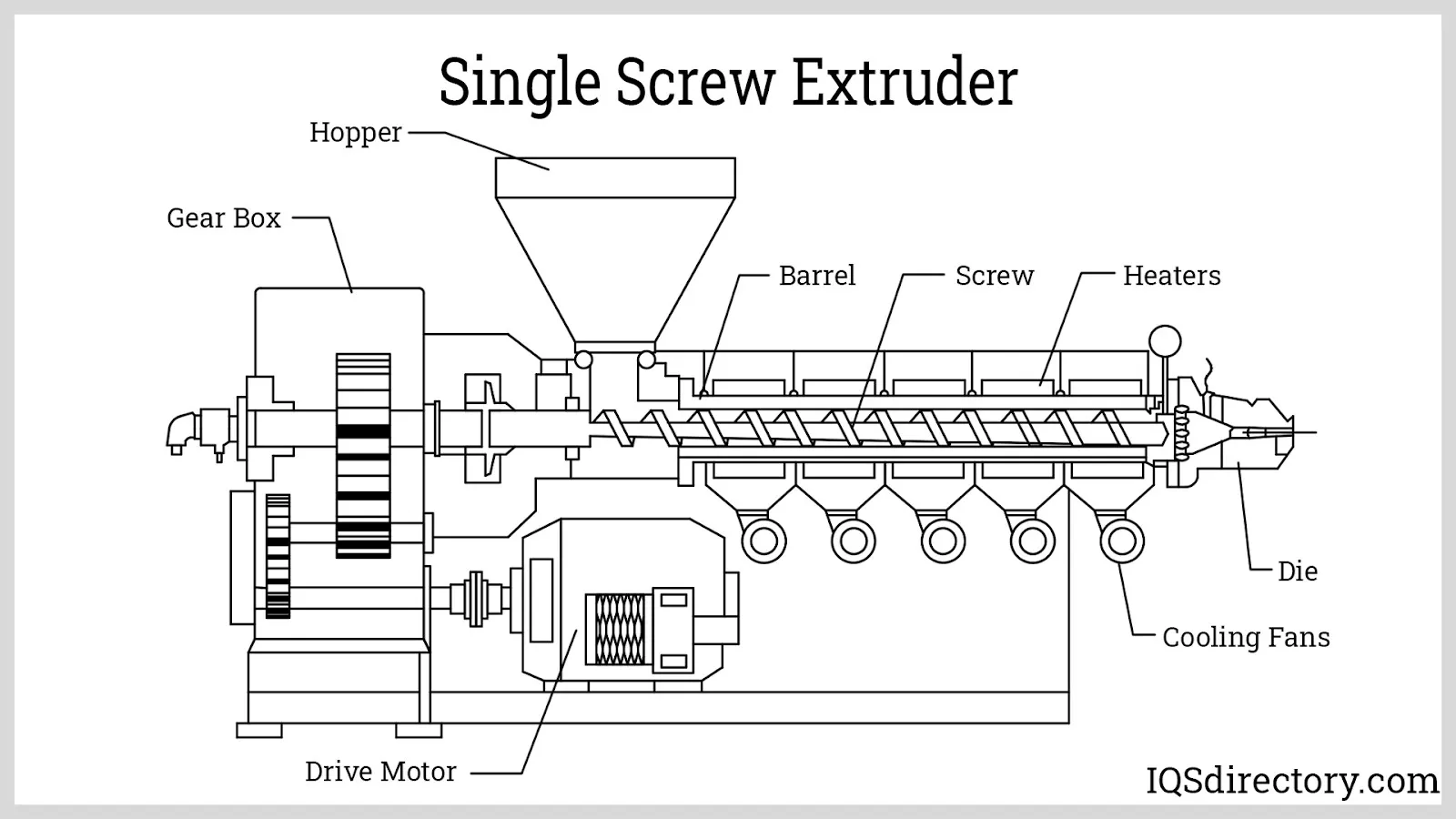
Key Components of Single Screw Extruders
When evaluating a single screw extruder for sale, it's essential to understand the critical components that determine performance and durability:
- Screw Design: The heart of the extruder, available in various configurations for different materials
- Barrel Construction: Typically bimetallic for wear resistance and thermal stability
- Drive System: Provides torque and speed control for consistent processing
- Heating and Cooling Systems: Maintain precise temperature control throughout the process
- Control System: Modern extruders feature sophisticated PLC controls for automation
Applications of Single Screw Extruders
Single screw extruders find applications across numerous industries due to their versatility and reliability. The table below highlights major application areas:
| Industry | Application | Materials Processed |
|---|---|---|
| Plastics | Profile extrusion, sheet production, compounding | PP, PE, PVC, PS, ABS |
| Food Processing | Pasta, breakfast cereals, snacks, pet food | Flour, starches, proteins |
| Pharmaceutical | Drug delivery systems, granulation | Polymers, active ingredients |
| Rubber | Tire components, seals, hoses | Natural rubber, synthetic compounds |
| Chemical | Masterbatch production, chemical processing | Additives, colorants, specialty chemicals |
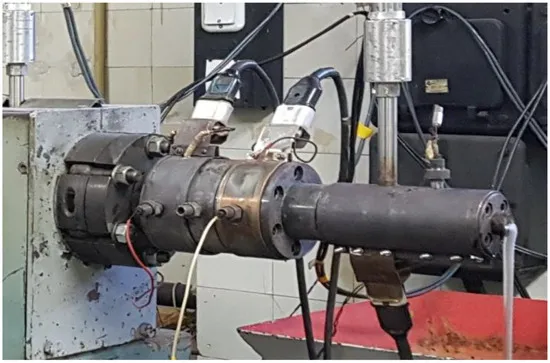
Factors to Consider When Purchasing a Single Screw Extruder
Production Requirements
Before selecting a single screw extruder for sale, carefully evaluate your production needs including throughput requirements, material characteristics, and product specifications. Consider both current needs and future expansion possibilities.
Technical Specifications
The table below outlines key technical specifications to evaluate when purchasing a single screw extruder:
| Parameter | Considerations | Typical Range |
|---|---|---|
| Screw Diameter | Determines maximum output capacity | 20mm - 300mm |
| L/D Ratio | Length to diameter ratio affects mixing and melting efficiency | 20:1 - 40:1 |
| Drive Power | Motor capacity for torque requirements | 5 kW - 500 kW |
| Output Capacity | Maximum throughput under optimal conditions | 5 kg/hr - 5000 kg/hr |
| Heating Zones | Number of independently controlled temperature zones | 3 - 10 zones |
| Screw Speed | Rotation speed range for process flexibility | 10 - 300 RPM |
Quality and Reliability
When investing in a single screw extruder for sale, prioritize manufacturers with proven track records for quality and reliability. Look for certifications, warranty terms, and after-sales support capabilities.
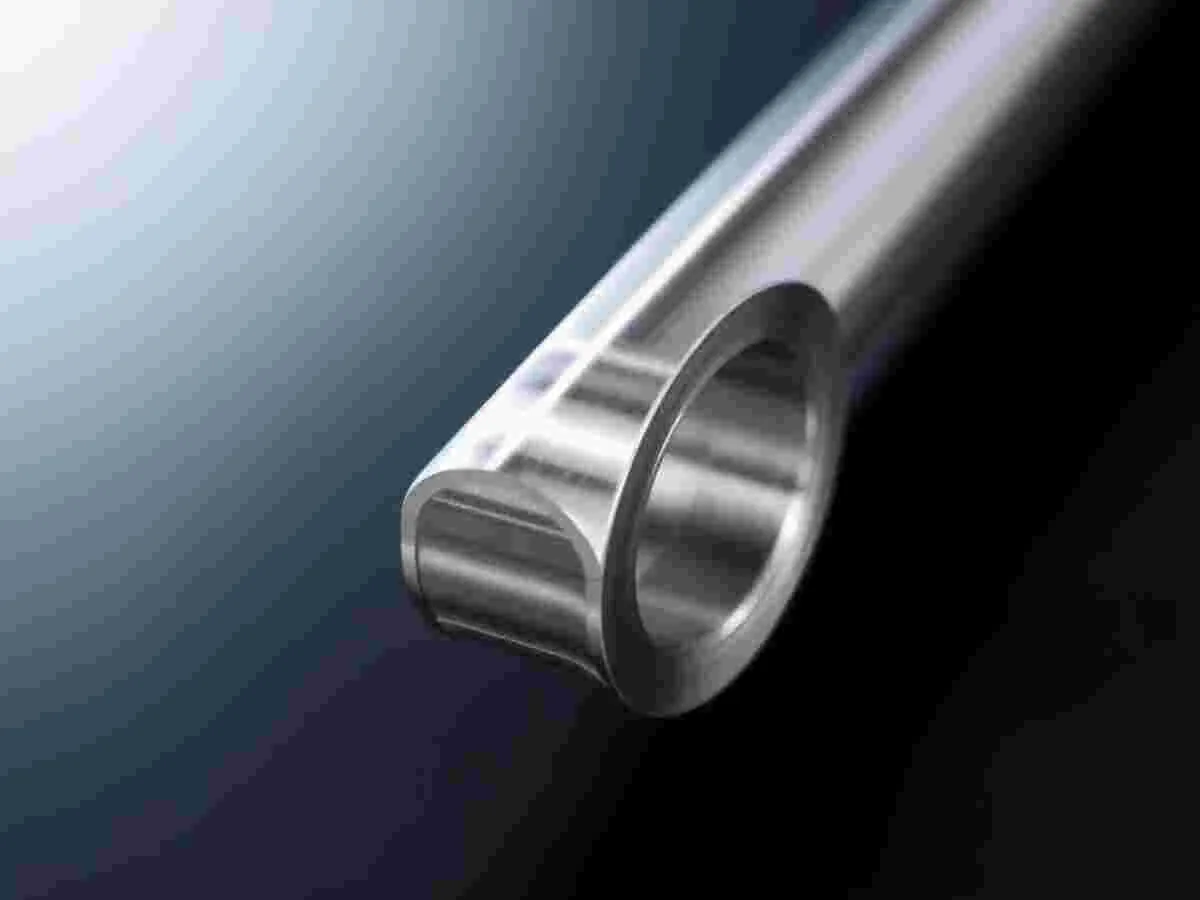
Advantages of Modern Single Screw Extruders
Contemporary single screw extruders offer significant advantages over older models and alternative technologies:
- Energy Efficiency: Advanced drive systems and optimized screw designs reduce power consumption
- Process Control: Sophisticated control systems ensure consistent product quality
- Versatility: Ability to process wide range of materials with quick changeovers
- Durability: Wear-resistant materials extend equipment lifespan
- Automation: Integration with downstream equipment for complete production lines
Maintenance Considerations for Single Screw Extruders
Proper maintenance is crucial for maximizing the lifespan and performance of your single screw extruder. Regular inspection of critical components, proper cleaning procedures, and preventive maintenance schedules can significantly reduce downtime and operating costs.
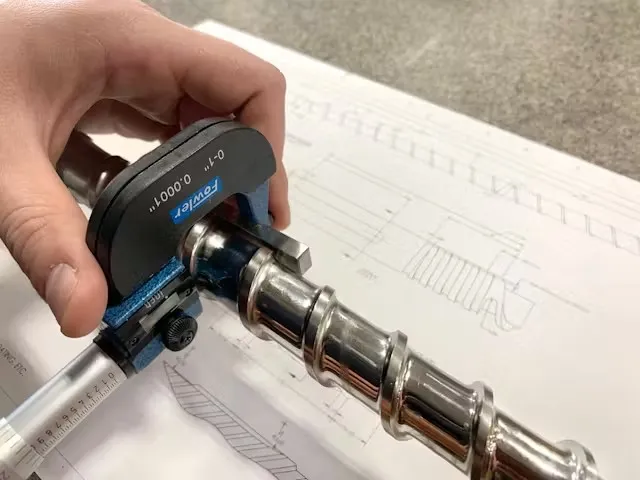
Market Trends in Single Screw Extruder Technology
The single screw extruder market continues to evolve with several notable trends:
- Integration of Industry 4.0 technologies for predictive maintenance
- Development of specialized screws for advanced materials
- Increased focus on energy efficiency and sustainability
- Compact designs for smaller production footprints
- Enhanced safety features and operator interfaces
Cost Considerations for Single Screw Extruder Purchase
When evaluating a single screw extruder for sale, consider both initial investment and total cost of ownership. Factors affecting cost include:
- Equipment specifications and capacity
- Level of automation and control systems
- Material of construction for wear parts
- Manufacturer reputation and support services
- Installation and commissioning requirements
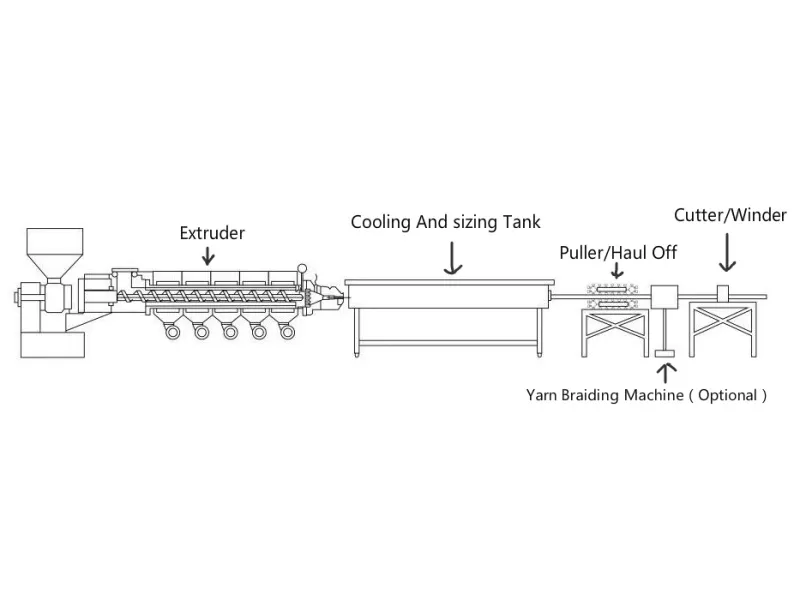
Conclusion
Selecting the right single screw extruder for sale requires careful consideration of technical specifications, application requirements, and long-term operational costs. By understanding the technology, evaluating your specific needs, and choosing reputable manufacturers, you can make an investment that delivers reliable performance and excellent return on investment. Modern single screw extruders continue to offer efficient, versatile processing solutions across numerous industries, making them a fundamental component of many manufacturing operations.

